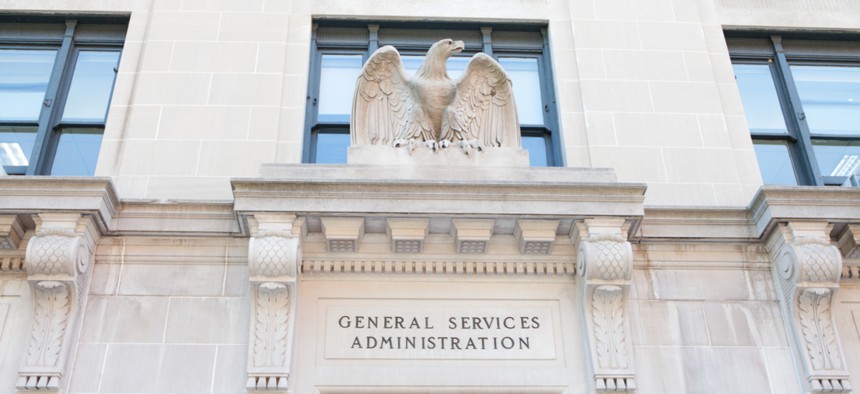IG Shines Light On GSA’s Major Management Challenges

Mark Van Scyoc/Shutterstock.com
Recovering funds, retiring employees and making procurement efficient are just some of the hurdles the agency must clear.
The General Services Administration faces significant management challenges—including recovering costs and filling critical positions—as it attempts to become the government’s “premier provider of efficient and effective acquisition,” according to the agency's inspector general.
The agency’s many initiatives to improve procurement have left customers trying to use tools that don’t work and facing delays in critical projects like the transition of agency telecommunications to the Enterprise Infrastructure Solutions contract.
These and other management and performance challenges were identified by the GSA Office of Inspector General in a report released Monday.
The agency reported a net loss of $8 million in 2017 to its Acquisition Services Fund, a revolving fund that is supposed to cover costs and operating expenses of the Federal Acquisition Service’s business units, including the Office of Information Technology Category and the Technology Transformation Services. To better review expenses and billable work, the agency shifted TTS and the tech group 18F in 2017 under FAS after previous reports that 18F wouldn’t be in the black until at best fiscal 2018.
Like many other agencies, GSA also must mitigate the possible brain drain from retiring employees. Between 21 and 67 percent of FAS’ mission-critical employees will be eligible for retirement in the next three years. For the agency’s mission-critical IT staff, which includes cybersecurity employees, 20 to 50 percent will be eligible. The report notes the agency is looking beyond the D.C.-area for IT specialists in markets such as Kansas City, Denver and Dallas.
The largest section of the IG report dives into GSA’s procurement initiatives, many of which disrupt agency processes and don’t work as intended.
For example, the agency kicked off many programs to improve price transparency on the Multiple Award Schedules program. According to auditors, the Transactional Data Reporting pilot is collecting data that isn’t useful for price comparisons, the Contract Awarded Labor Category Tool doesn’t provide contracting officers with the prices paid by labor category, and the agency is looking for a replacement to the Formatted Product Tool designed to reduce price variability.
One portal, GSA Advantage!, does price comparisons but “suffers from functionality issues,” the report said. Users rated the site “very disappointing” to “somewhat satisfying,” but more importantly, the site does not always have better prices than Amazon Business. In 2016, the GSA IG found 71 percent of the seven top-selling items on GSA Advantage! sold for higher prices than those commercially available.
And then there’s the System for Award Management, or SAM, a program to replace 10 legacy systems that continues to struggle with cost overruns, delays and fraudulent activity. FAS estimates a cost of $813 million to develop SAM (and keep legacy systems running) through 2019, but auditors note the project could be delayed until 2021.
Delays also plague FAS’ effort to lead the governmentwide transition from Networx contracts to the EIS contract. FAS awarded the contract 10 months later than expected and then a bid caused another hiccup. But auditors found agencies were behind in the timeline to meet to the March 2020 deadline, which could lead to cost overruns or service interruptions.
“Ultimately, customer agencies have made little progress issuing solicitations by October 2017 as outlined in the transition timeline,” auditors wrote. “As of August 31, 2018, customer agencies had only issued 16 of the estimated 190 solicitations.”
NEXT STORY: FCW Insider: Dec. 4






